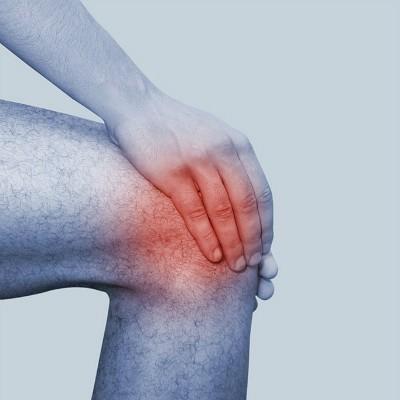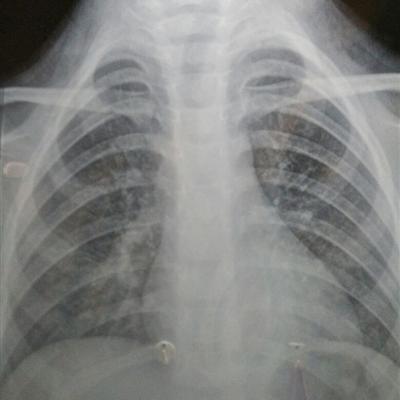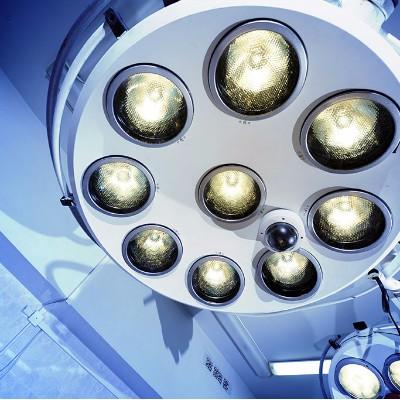What examination should intestinal tuberculosis do?
summary
Because some symptoms of intestinal tuberculosis are very similar to common intestinal diseases, it is easy to be confused. Only through the relevant examination can the final diagnosis be made. Now I will talk about what examination should be done to make a diagnosis of intestinal tuberculosis?
What examination should intestinal tuberculosis do?
1. Blood test. Ulcerative intestinal tuberculosis can have moderate anemia, without complications, white blood cell count is generally normal. Erythrocyte sedimentation rate (ESR) increased significantly, which can be used as one of the indicators to estimate the activity of tuberculosis.
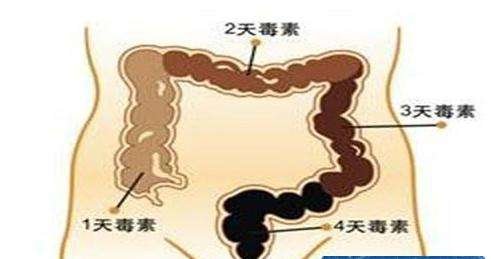
2. Stool examination. The stool of ulcerative intestinal tuberculosis is mostly paste like, generally without naked eye mucus and pus blood, but a small amount of pus cells and red blood cells can be seen under the microscope. If the stool is concentrated to find Mycobacterium tuberculosis, the positive is helpful for the diagnosis, but only if the sputum is negative.
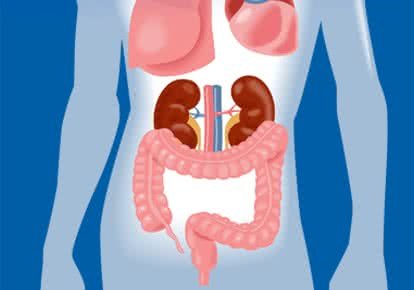
3. X-ray examination. X-ray barium meal is of great value in the diagnosis of intestinal tuberculosis. If complicated with intestinal obstruction, barium meal examination should be very careful, in order to avoid aggravating intestinal obstruction, if necessary, dilute barium can be used for corresponding examination. In addition to barium meal examination, routine barium enema or colonoscopy should be performed to find the colon lesions. At the same time, in ulcerative intestinal tuberculosis, barium showed the signs of irritation in the diseased intestinal segment, and the emptying speed was very fast, while in the upper and lower intestinal segments of the lesion, barium showed good filling, which was called X-ray barium shadow jump. If the diseased intestinal segment can be filled, the mucosal folds are thick and disordered, and the edge of the intestinal wall is generally irregularly arranged, sometimes serrated. There were also narrowing of intestinal cavity, shortening and deformation of intestinal segment and disappearance of normal angle of ileum and cecum.
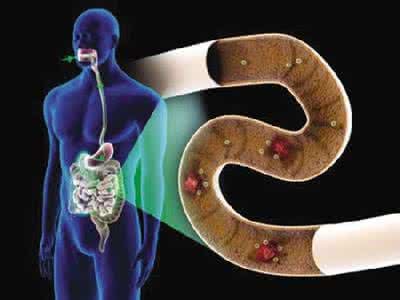
matters needing attention
After the body feels some symptoms of intestinal tuberculosis, we should do some related examinations immediately. Through the above examination methods, we can make an effective diagnosis of intestinal tuberculosis and distinguish other intestinal diseases, so as to avoid misdiagnosis.
